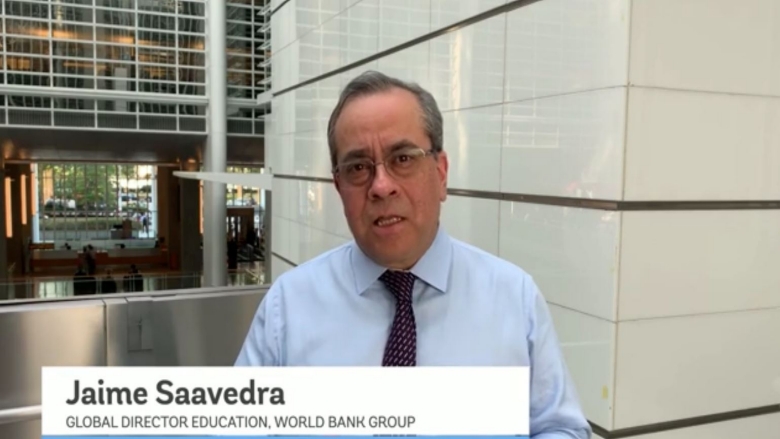We are in the midst of a global learning crisis. Too many children are experiencing “learning poverty” – defined as the percentage of children who cannot read and understand a simple story by age 10 – and are failing to acquire foundational skills such as basic literacy.
What is the problem?
For hundreds of millions of students globally, schooling is not learning. Years of schooling are accumulated, but quality education is still a challenge in most countries.
As of 2022, in low-and middle-income countries an estimated 70 percent of children in late primary cannot read and understand a simple story, up from 57 percent pre-pandemic. As reading is one important gateway skill, all children should be able to read in order to develop more complex foundational cognitive and socioemotional skills as they grow up. Reading is also highly correlated with key skills (e.g. in math, science, and socio-emotional domains, among others).
Despite substantial progress, significant gaps in education investments are leaving many unprepared for a world with a quickly changing nature of jobs. Failing to address learning poverty will not only result in wasted potential amongst our youth, it will negatively impact a country’s future workforce and economic competitiveness.
Read more about it in our new report "Ending Learning Poverty: What will it take?"
What are we doing about it?
In an effort to address alarmingly high levels of learning poverty, the World Bank is setting a new learning target to sharpen support for quality education and galvanize action toward SDG4.
By 2030, we want to reduce, by at least half, the share of children who cannot read and understand a simple story by age 10. To help countries respond to the global crisis and meet the new literacy target, the World Bank has developed:
- Literacy Policy Package consisting of interventions focused specifically on promoting acquisition of reading proficiency in primary school,
- Renewed Education Approach to strengthen entire education systems so that literacy improvements can be sustained and scaled up and all other education outcomes can be achieved,
- Learning Assessment Platform to eliminate the measurement gap—covering measurement of both learning outcomes and their drivers,
- Research and Innovation on how to build foundational skills.
How can we help children learn?
To succeed and focus the whole system around student learning, countries will want to take a two-pronged approach – implementing reforms now to improve service delivery for students currently in school, while at the same time establishing systemic changes to improve how the education system functions over the long term. The approach may include reforming the teaching career to attract and retain good professionals, reforming pre-service training, reforming the management structure of the whole system, and expanding infrastructure.
What you can do?
Everyone can help by …
- Spreading awareness about the learning crisis by sharing this video.
- Learning more about Learning Poverty and why its eradication is an urgent cause.
- Checking the rate of Learning Poverty in your country.
- Contacting your local elected official to tell them that investing in Literacy Makes Sense.
- Following us on Facebook, Instagram, Twitter, and Youtube to join the conversation.
You can help by...
-
Talking to your child about what they’re learning in school
Asking your child to read to you
Asking your child's teacher what your child is expected to know and be able to do by the end of the school year
Requesting examples of your child’s schoolwork
Asking the school head or principal for a report showing what your child is learning
Making sure that your child has the time and materials to study at home
Getting involved in your child's school as a volunteer, school committee member or by asking school representatives how you can help
Writing a letter to your local elected official to let them know you will vote for education reforms
-
Learning more about Learning Poverty, why Literacy Makes Sense and what you can do to help reach the target of universal literacy
Spreading awareness of the Learning Crisis by sharing the Literacy Makes Sense video
Using your voice! Contact your local elected official and tell them that investing in Literacy Makes Sense
Learning more about the World Bank’s Learning Policy Package and how countries are improving literacy levels
Respecting, recognizing, and accommodating the different learning needs of your students
Scheduling time to meet with students’ parents to tell them what their children are learning and show them examples of their work
-
Learning more about Learning Poverty, why Literacy Makes Sense and what you can do to help reach the target of universal literacy
Helping us spread awareness of the Learning Crisis by sharing the Literacy Makes Sense video
Using your voice! Contact your local elected official and tell them that investing in Literacy Makes Sense
Learning more about the World Bank’s Learning Policy Package and how countries are improving literacy levels
Tracking teacher performance and offering recognition to the most effective teachers
Supporting teachers with effective, and ongoing, training opportunities that encourage learning
-
Learning more about Learning Poverty, why Literacy Makes Sense and what you can do to help reach the target of universal literacy
Helping us spread awareness of the Learning Crisis by sharing the Literacy Makes Sense video
Using your voice! Contact your local elected official and tell them that investing in Literacy Makes Sense
Learning more about the World Bank’s Learning Policy Package and how countries are improving literacy levels
Supporting teachers through proven training methods and taking action to help ineffective teachers improve. If they don’t improve, remove them from the classroom
Setting up systems to reward dedicated and effective teachers through recognition, career advancement or bonuses
Compensating teachers well in order to attract good candidates and encourage others to enter the profession
Focusing additional resources on underrepresented populations, such as girls, ethnic minorities, and disabled children, who may require extra support in the school system
Visiting schools often to demonstrate to teachers and principals that you care about learning
-
Learning more about Learning Poverty, why Literacy Makes Sense and what you can do to help reach the target of universal literacy
Helping us spread awareness of the Learning Crisis by sharing the Literacy Makes Sense video
Using your voice! Contact your local elected official and tell them that investing in Literacy Makes Sense
Learning more about the World Bank’s Learning Policy Package and how countries are improving literacy levels
Asking education leaders for evidence that their students – your future workers – are acquiring skills
Telling education officials what skills your company or organization needs
Speaking out to political leaders and make it clear that education is a priority for you
Learning more about different types of training programs that you can offer your employees or student interns
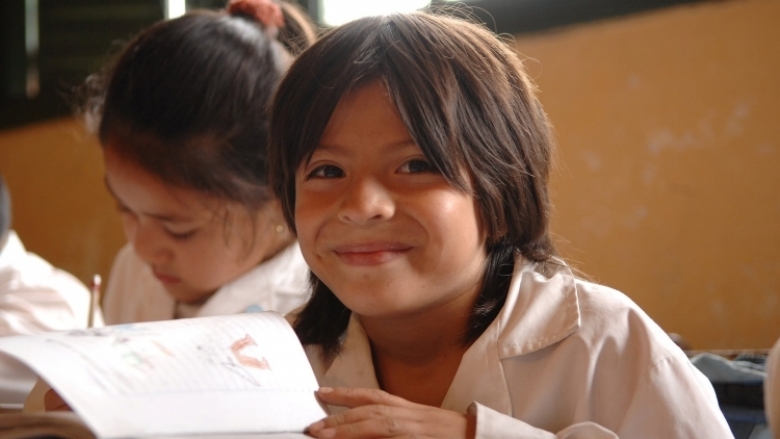
Ending learning poverty: the call of our times
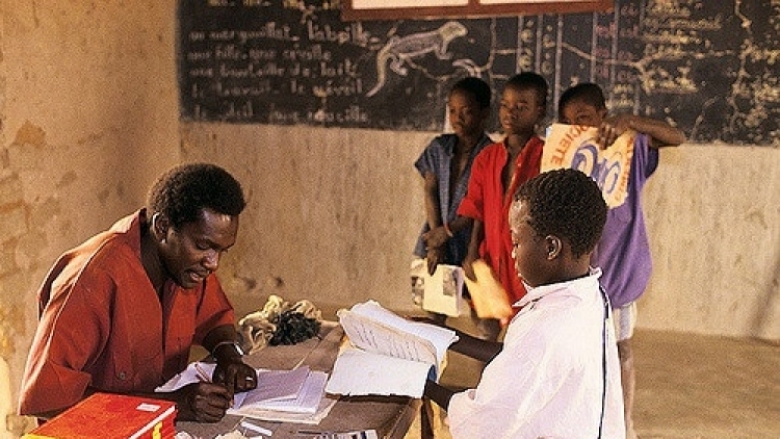
Supporting teachers to educate successful students
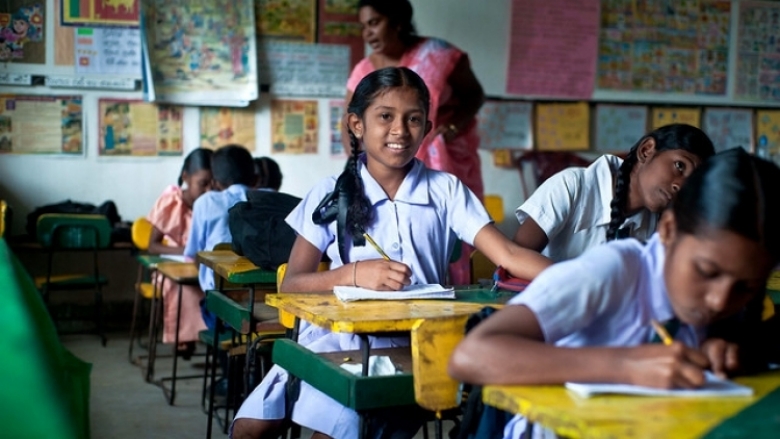
Reducing learning poverty through a country-led approach
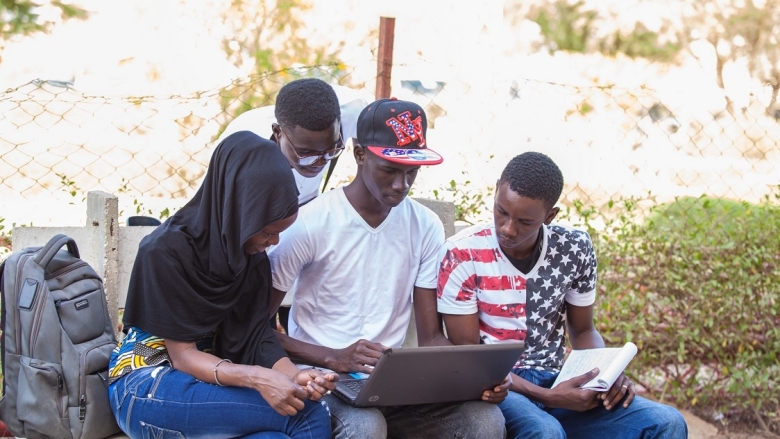
Measuring learning to avoid “flying blind”
Learn More / Additional Resources
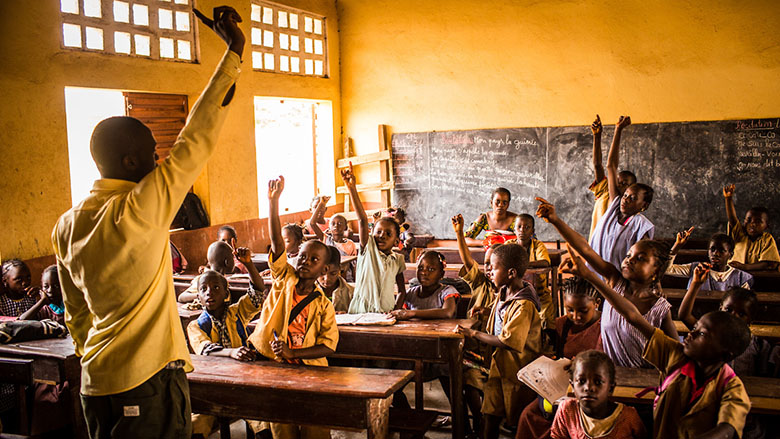
Learning Poverty
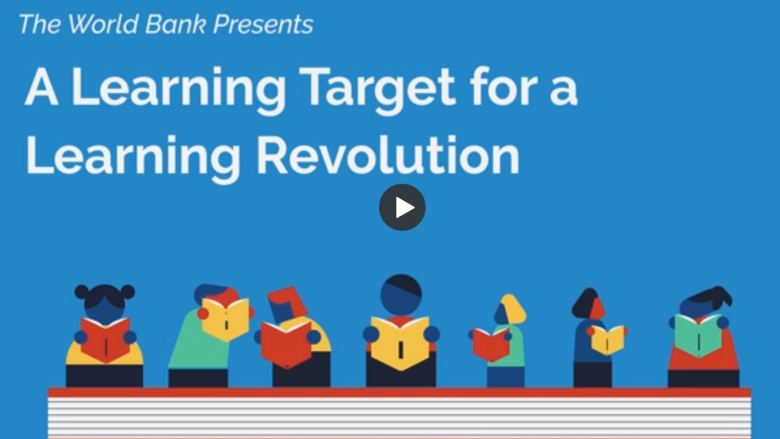
Learning Target
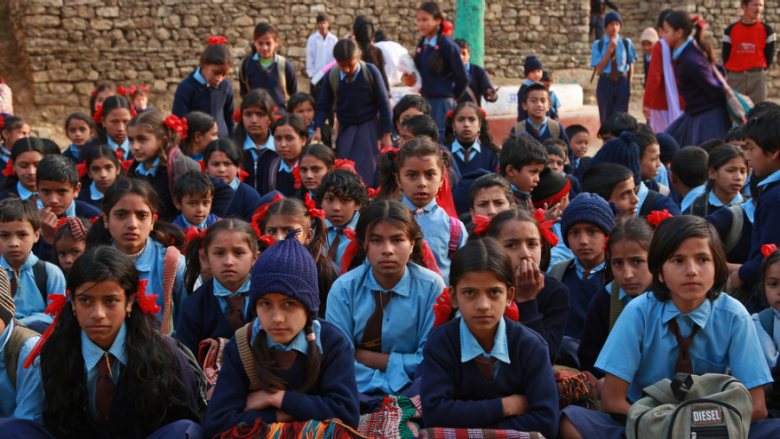
Using Money Effectively is Critical to Improving Education
